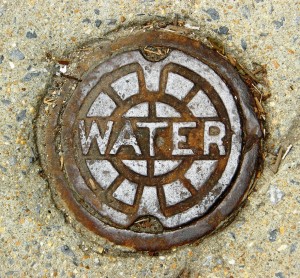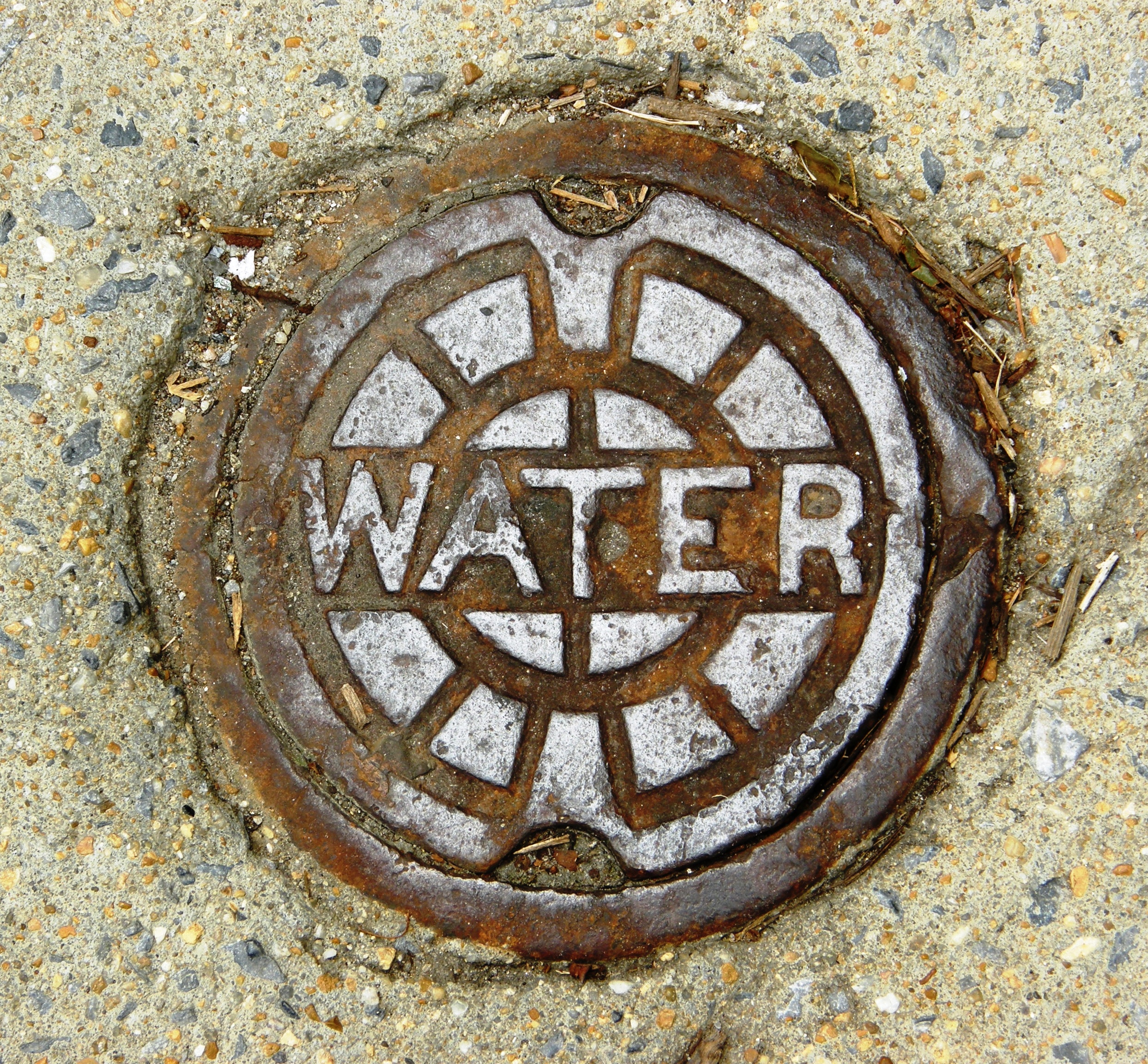Grace Kinley
The Clean Water State Revolving Funds (CWSRF) and Drinking Water State Revolving Funds (DWSRF) are the largest sources of federal funding for water infrastructure.[1] The CWSRF provides low-cost financing for water quality infrastructure projects and the DWSRF provides financial assistance to help water systems achieve the objectives of the Safe Drinking Water Act.[2] Both of these State Revolving Funds (SRFs) are intended to increase communities’ ability to take on large water infrastructure projects to provide safe and clean water to their community members.[3] In reality, the communities that are most in need of this funding are often unable to access it. In most states, SRFs are allocated based on a competitive loan application process.[4] Across the country, most water systems have never applied for any SRF assistance, and decision-makers for small systems that serve fewer than 10,000 people are the least likely to apply.[5] Many decision-makers choose not to apply for SRFs because they feel they have insufficient training and time to meet the technical requirements of the applications.[6]
One solution that has been proffered for this dilemma is providing technical assistance to communities to help them complete the application process.[7] In theory, this technical assistance would allow for a more equitable distribution of SRFs; however, at least two obstacles prevent technical assistance from being particularly successful.[8] First, technical assistance will only be helpful if it happens to be given to a community whose application is ultimately accepted for funding. Otherwise, the technical assistance funding is wasted because the application the assistance helped create is never put into use. Therefore, for technical assistance to be beneficial, states must actively seek out water systems that serve overburdened communities and encourage them to participate in the application process.[9] This places an additional burden on SRF state administrators who already have a heavy workload of scoring applications and dispersing funds accordingly.[10] Second, federal statute only allows states to use up to four percent of their SRF capitalization grants for administration and technical assistance.[11] In most states, this is likely not enough funding to provide meaningful technical assistance to all of the low-capacity communities that need it.
Another strategy, and potentially more beneficial solution to this dilemma, is that states could provide funds to low-capacity communities without relying on a competitive loan application process. Instead, states could create sub-funds within their SRFs and use that funding to seek out overburdened water systems to plan and implement water infrastructure projects collaboratively. States administer DWSRF resources with significant discretion.[12] Under the Safe Drinking Water Act, states may set aside up to thirty-one percent of their DWSRF capitalization grant to fund state programs or third parties to provide assistance to and develop the capacity of drinking water systems.[13] This set-aside funding can be used to fund activities that are unique to a state’s individual needs.[14] For example, Massachusetts used a portion of its set-aside to initiate stakeholder involvement that encourages partnerships between nonprofit organizations and low-capacity communities.[15] These non-profit organizations then offered training, site visits, and mentoring to the low-capacity water systems.[16]
Instead of relying exclusively on the four percent of their SRF capitalization grants for administration and technical assistance, a state could potentially use a portion of its thirty-one percent set aside to seek out low-capacity communities to develop and implement water projects jointly with those communities. This not only would allow a greater percentage of funding to go to these low-capacity communities, but it would also eliminate the risk that technical assistance would be provided to a community whose application is not ultimately accepted. This strategy would potentially be less burdensome on SRF state administrators because they will not have to actively seek out water systems that serve overburdened communities and encourage them to participate in the application process on top of scoring applications and dispersing funds. If this is still overburdensome, then a portion of the thirty-one percent could be used to subcontract this work out in a way similar to how many states subcontract out technical assistance.[17]
It is important that in creating this sub-fund, the state requires the funding to be used toward water projects in disadvantaged communities that cannot undergo the application process on their own. In doing this, the state must create a well-considered definition of disadvantaged communities that fits the characteristics of need in that individual state. The Environmental Protection Agency’s Climate and Economic Justice Screening Tool provides a good starting point for developing this definition.[18] This tool uses factors such as poverty, median household income, proximity to wastewater discharge, language isolation, housing cost burden, and educational attainment; however, these are just a starting point and a state must create a list of factors specific to its need.[19] Importantly, race may be an important factor to consider in this definition to help historically underinvested communities receive the necessary funding. Additionally, using a portion of the thirty-one percent set aside to seek out low-capacity communities and develop and implement water projects collaboratively aligns with the Biden administration’s Justice40 Initiative.[20] Under this initiative, the Federal Government has made it a goal that forty percent of environmental-related Federal investments go to disadvantaged communities.[21]
In conclusion, communities that need SRF resources the most often cannot receive funding due to their lack of capacity to undergo the competitive grant application process. Providing technical assistance to aid these communities in the application process, while beneficial in theory, does not do enough to mediate the currently existing disparities in water accessibility. Eliminating the application process and devoting a portion of DWSRF set-asides to sub-funds used to seek out overburdened water systems to plan and implement water infrastructure projects collaboratively could be a more advantageous approach. Ultimately access to safe and clean water is indispensable to health and human dignity.[22] The solution may not be clear but using creativity to reshape state discretion in the distribution of SRFs is an important step toward achieving water equity.
[1] State Revolving Fund Advocacy Toolkit, River Network, https://www.rivernetwork.org/connect-learn/resources/state-revolving-fund-advocacy-toolkit/ (last visited Mar. 8, 2023).
[2] Id.
[3] Id.
[4] See Katy Hansen et al., Uncommitted State Revolving Funds, Nicholas Inst. for Env’t Pol’y solutions 1 (2022).
[5] Id. at 11.
[6] Id. at 12.
[7] Id. at 15.
[8] Id.
[9] Id.
[10] Id. at 12.
[11] Id. at 15 (“States may also use an additional 2 percent of their DWSRF capitalization grant for technical assistance to systems serving fewer than 10,000 people”).
[12] Katy Hansen et al., supra note 3, at 2.
[13] Analysis of the Use of Drinking Water State Revolving Fund Set-Asides: Building the Capacity of Drinking Water Systems, United States Environmental Protection Agency 1 (2015).
[14] Id. at 40.
[15] Id.
[16] Id.
[17] See id. at 5.
[18] See EJScreen: Environmental Justice Screening and Mapping Tool, United States Environmental Protection Agency (2023) https://www.epa.gov/ejscreen.
[19] Misbah Husain & Melissa K. Scanlan, Disadvantaged Communities, Water Justice & the Promise of the Infrastructure Investment and Jobs Act, 52 Seton Hall L. Rev. 1513, 1522 (2022).
[20] See Justice40 a Whole-of-Government Initiative, The White House, (2022) https://www.whitehouse.gov/environmentaljustice/justice40/.
[21] Id.
[22] OHCHR and the Rights to Water and Sanitation, United Nations Human Rights Office of the High Commissioner, https://www.ohchr.org/en/water-and-sanitation.


